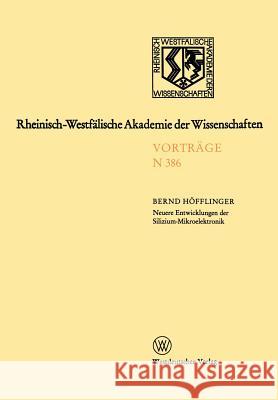Rheinisch-Westfälische Akademie Der Wissenschaften: Natur-, Ingenieur- Und Wirtschaftswissenschaften Vorträge - N 386 » książka
topmenu
Rheinisch-Westfälische Akademie Der Wissenschaften: Natur-, Ingenieur- Und Wirtschaftswissenschaften Vorträge - N 386
ISBN-13: 9783531083865 / Niemiecki / Miękka / 1991 / 55 str.
Rheinisch-Westfälische Akademie Der Wissenschaften: Natur-, Ingenieur- Und Wirtschaftswissenschaften Vorträge - N 386
ISBN-13: 9783531083865 / Niemiecki / Miękka / 1991 / 55 str.
cena 197,68 zł
(netto: 188,27 VAT: 5%)
Najniższa cena z 30 dni: 197,22 zł
(netto: 188,27 VAT: 5%)
Najniższa cena z 30 dni: 197,22 zł
Termin realizacji zamówienia:
ok. 20 dni roboczych.
ok. 20 dni roboczych.
Darmowa dostawa!
Kategorie:
Kategorie BISAC:
Wydawca:
Vs Verlag F R Sozialwissenschaften
Język:
Niemiecki
ISBN-13:
9783531083865
Rok wydania:
1991
Wydanie:
1991
Ilość stron:
55
Waga:
0.12 kg
Wymiary:
24.41 x 16.99 x 0.33
Oprawa:
Miękka
Wolumenów:
01











